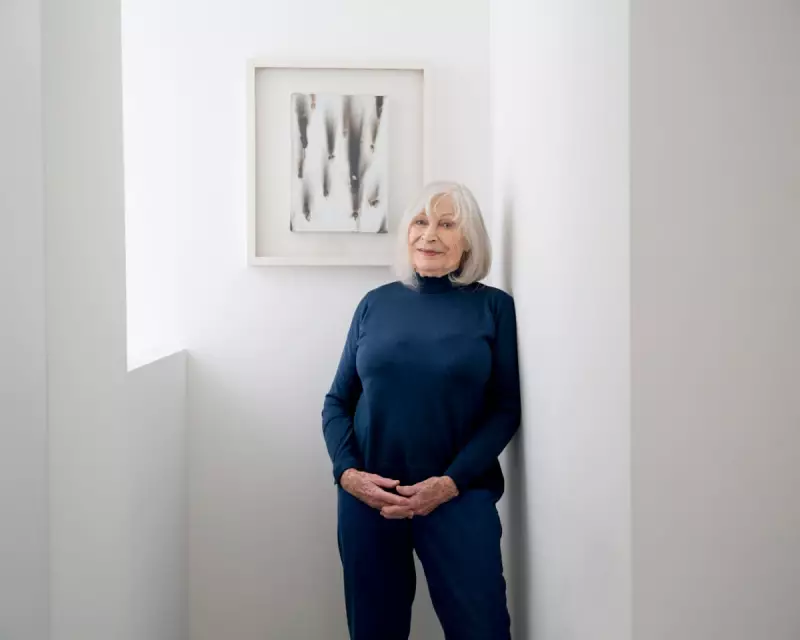
The British art world has lost one of its most pivotal, yet discreet, figures with the passing of Doris Lockhart at the age of 86. While the name Charles Saatchi became synonymous with blockbuster exhibitions and market-shaping moves, it was Lockhart's unparalleled diligence and sharp eye operating behind the scenes that truly cemented his legacy and propelled the Young British Artists (YBAs) to global fame.
Hired initially as a temporary secretary, Lockhart's role rapidly expanded into that of chief archivist, researcher, and a trusted confidante to Saatchi. She was the institutional memory of one of the world's most influential private collections, the meticulous organiser who could locate any single artwork from thousands, and the shrewd negotiator who handled complex loans with the world's top museums.
The Architect of an Art Empire
Her work was the invisible framework upon which the Saatchi Gallery's reputation was built. She didn't just file paperwork; she mastered the entire ecosystem of the art market. Lockhart tracked the provenance and exhibition history of every piece, managed intricate insurance logistics, and conducted the foundational research that informed Saatchi's most audacious acquisitions.
Colleagues remember her as the ultimate problem-solver, possessing an almost supernatural ability to find a needle in a haystack—whether it was a lost contract, a missing photograph, or a specific artist's contact details from decades prior. In the chaotic and often ego-driven art world, her quiet efficiency and unwavering professionalism were legendary.
More Than a Secretary: A Keystone of British Art
To define her as merely an assistant is to profoundly underestimate her impact. Doris Lockhart was a keystone in the arch of contemporary British art. Her foundational work ensured that seminal pieces by artists like Damien Hirst, Tracey Emin, and Sarah Lucas were properly catalogued, preserved, and presented to the public, most notably in the era-defining Sensation exhibition.
She operated with a fierce dedication to privacy, shunning the limelight that her employer often courted. This self-effacing nature meant her colossal contribution remained largely unknown to the public, though it was deeply respected by artists, curators, and gallerists within the industry.
Doris Lockhart's story is not just one of administrative excellence; it is a testament to the critical, often unseen roles that form the backbone of cultural revolutions. She was, in every sense, the unsung heroine of the YBA movement, and her passing marks the end of an era for London's art scene.





